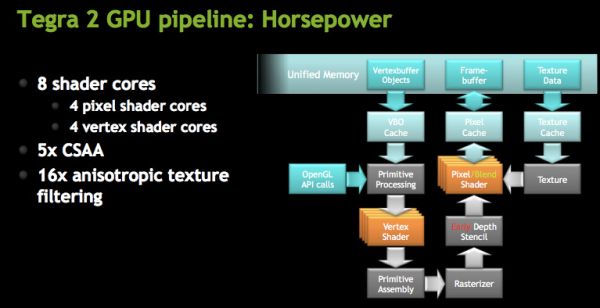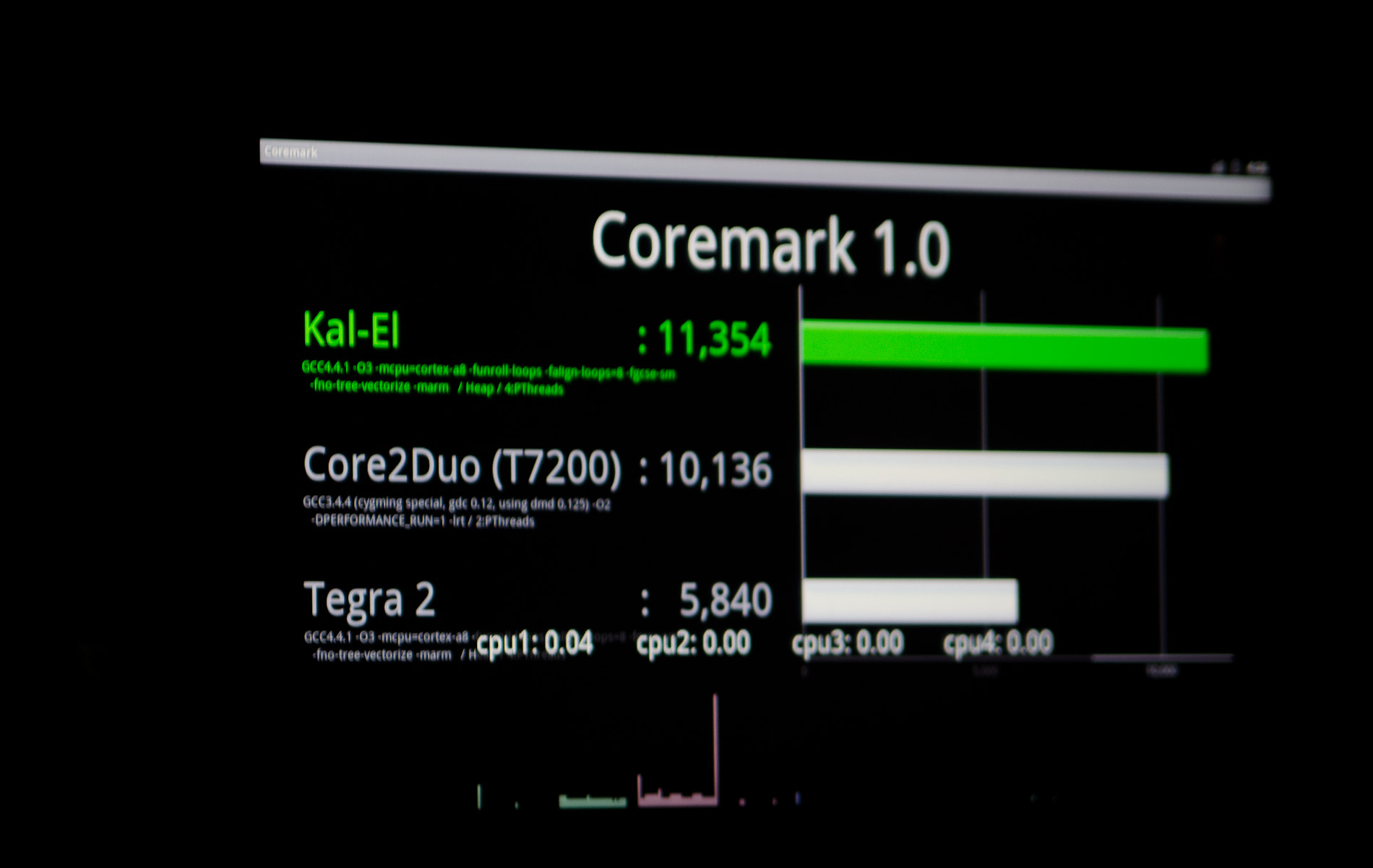Yes, it's farcical. I've never seen sampling confused with tape out.Exophase said:Really? That sounds pretty farcical. "Sampling" should mean that you've actually sent samples outside the company. I'd expect it to be a step beyond having internally received first silicon.
That said, it's not unusual to start sampling only days after first samples back from fab. I've seen it done after 2 days.


